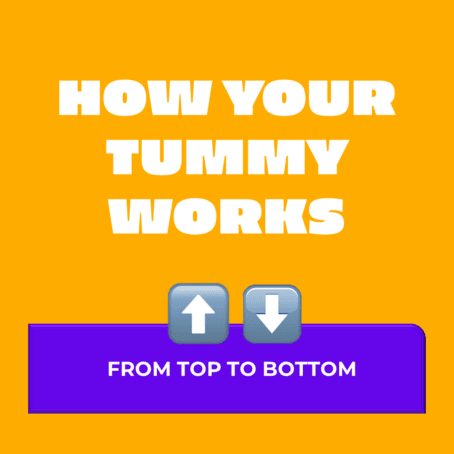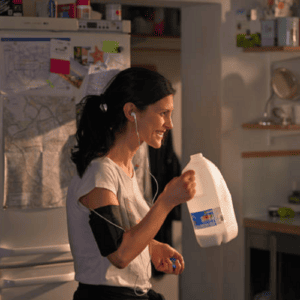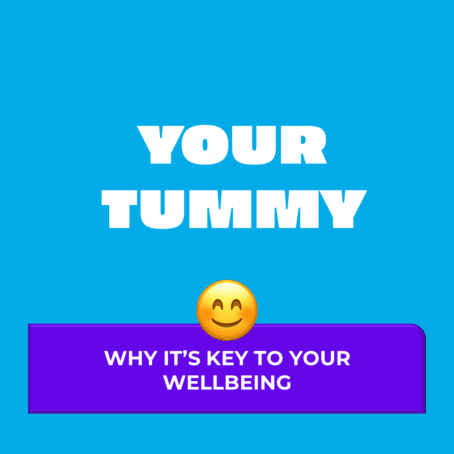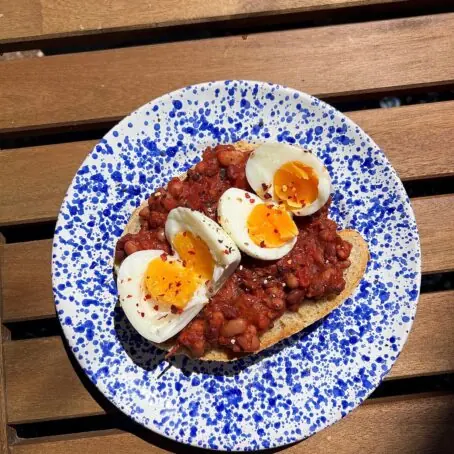Inside the mouth
Even just smelling or thinking of food can make your mouth water. Digestion begins in the mouth, where food is broken down both physically (with your teeth) and chemically (with the special proteins called enzymes in your saliva). These enzymes cleverly break down carbohydrates and fats from your meal. Have a go at chewing some bread for a longer time and you might even taste this in action, as the carbohydrates turn into simple sugars with a sweeter taste!
Inside the oesophagus
Once chewed and ready to move on, your mushed up food travels down your food pipe (also known as the oesophagus) as you swallow.
The way your muscles push food through the oesophagus and intestines is called peristalsis.
Ever felt food going down ‘the wrong way’? Most of the time, your windpipe will be cleverly covered when you swallow to avoid choking, thanks to a well-coordinated flap called the epiglottis. It acts as a little lid that stops food and drink going down your airways. Occasionally, especially if you’re distracted, rushing or talking at the same time, something can slip down by accident (known as aspiration), and a quick cough will usually fix it.
Inside the stomach
From your food pipe, your chewed food slides into your stomach. It stays here for a few hours, where it mixes with digestive juices and is churned into chyme. Acid and enzymes, such as pepsin that breaks down protein, help to digest it even more.
Our stomach acid, mainly made up of hydrochloric acid, is really important for activating these essential digestive enzymes (including pepsin), so it can turn those proteins into amino acids, ready to be absorbed into our bloodstream. This awesome acid also helps to kill harmful microbes that might be attempting to invade.
On the flipside, having low stomach acid could impact your digestion, making it less efficient and in turn risking nutritional deficiencies.
To stop this acidic chyme going back up the wrong way (hello, reflux!), the stomach closes its clever trap door, called the lower oesophageal sphincter.
More sphincters are found at each stage, separating the sections for a smooth ride from top to bottom. These are between the stomach and small intestine (the pyloric sphincter), the colon (the ileocecal sphincter) and finally, at the very end of the rectum (the anal sphincter).
Inside the small intestine
This smoothie-like chyme then moves down into your small intestine, also called your small bowel.
The small bowel is folded up tight and might have ‘small’ in its name, but it’s more like an entire tennis court in your tummy! If you spread out its huge surface area, that is.


 might find they don’t have enough lactase, aka the enzyme that breaks down lactose. This results in tummy troubles like gas, bloating and poop problems.
might find they don’t have enough lactase, aka the enzyme that breaks down lactose. This results in tummy troubles like gas, bloating and poop problems.


